
|
|
|
| synonym |
|
| description |
Typically a greenish-yellow species, helping separate this from the other two members of this genus found in the state. Both males and females have two white bands on the pronotum; however, in females there is a bolder and larger mid-dorsal spot. Females are also greener than males, which tend to be a darker brown color. This species is quite small, with adult males being 3.5-4.0 mm long and females 4.0-5.0 mm. Nymphs are dark brown.
For other images of this species, see: BG. |
| distribution |
Primarily the southeastern and southwestern United States, known from the golf states north into Georgia and South Carolina; records from NC represent this species slowly expanding northwards. This species was only known in North America from the western United States and Mexico until it was found in Louisiana in the 1930s and the Florida pandhandle in 1954; it wasn't until 2001 that it was recorded from the Florida pandhandle (Harvey & Wheeler). Also found in Hawaii, and ranges south into Mexico, Central America, and South America. (FSCA) |
| abundance |
Rare; only a few records from the Piedmont and Coastal Plain. A species that is expanding north into the state. Can be active from mid-March to late November. |
| seasonal_occurrence | |
| habitat |
Has been found in grassy, brushy areas. |
| plant associates |
Albizia julibrissin, Ambrosia artemisiifolia, Bidens alba, Citrus sp., Datura stramonium, Heterotheca subaxillaris, & Melilotus alba (FSCA) |
| behavior |
To listen to the male courtship call for this genus, listen here. These courtship calls are not audible to the human ear, and the calls here are produced by recording the substrate vibrations that the treehoppers use to communicate through the plants themselves. The recorded call is then amplified so that it is now audible to human ears. Research has shown that treehoppers use vibrations to attract mates, to announce the discovery of a good feeding site, or to alert a defending mother to the approach of a predator (T.IM). |
| comments |
This species is trivoltine (three broods), with overwintering eggs hatching in mid-March and first-generation adults appearing by late April. Early instars from the first generation of nymphs fed on buds and then later unfolded leaflets and young stems. Later generations of nymphs also fed on green fruits/pods and stalks of brown pods. (Harvey & Wheeler)
This species is tended by ants, primarily the invasive Argentine ants (Linepithema humile); this ant may be more efficient at protecting the hoppers than native ants. The presence of these ants in the southeastern United States, as well as the abundance of mimosa and other exotic adventive plants might have helped with this species spreading its range. (Harvey & Wheeler) |
status |
[Native:]
[Introduced:]
[Extirpated:] | | list_type |
[Official:]
[Provisional:] |
| adult_id | Unmistakable and widely known Identifiable from good quality photos of unworn specimens
Identifiable from photos showing undersides, or other specialized views [e.g., legs, face]
Identifiable only by close inspection of structural features or by DNA analysis NULL |
| nymph_id | Unmistakable and widely known Identifiable from good quality photos, especially where associated with known host plants
Identifiable from close inspection of specimens or by DNA analysis
Identifiable only through rearing to adulthood NULL |
| G_rank |
|
| S_rank |
|
| rank_comments |
|
| tribe |
Amastrini |
| subgenus |
|
Species Photo Gallery for Vanduzea segmentata Van Duzee Treehopper |
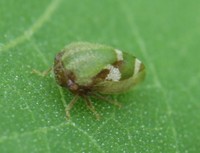 | Photo by: Rob Van Epps
Mecklenburg Co.
Comment: Weedy area near pond. |  | Photo by: Rob Van Epps
Mecklenburg Co.
Comment: Weedy area near pond. |
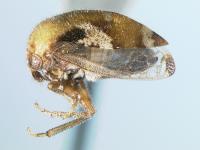 | Photo by: Mark Rothschild
Out Of State Co.
Comment: male, female, nymph |  | Photo by: Mark Rothschild
Out Of State Co.
Comment: male, female, nymph |
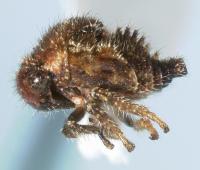 | Photo by: Mark Rothschild
Out Of State Co.
Comment: male, female, nymph |

 »
»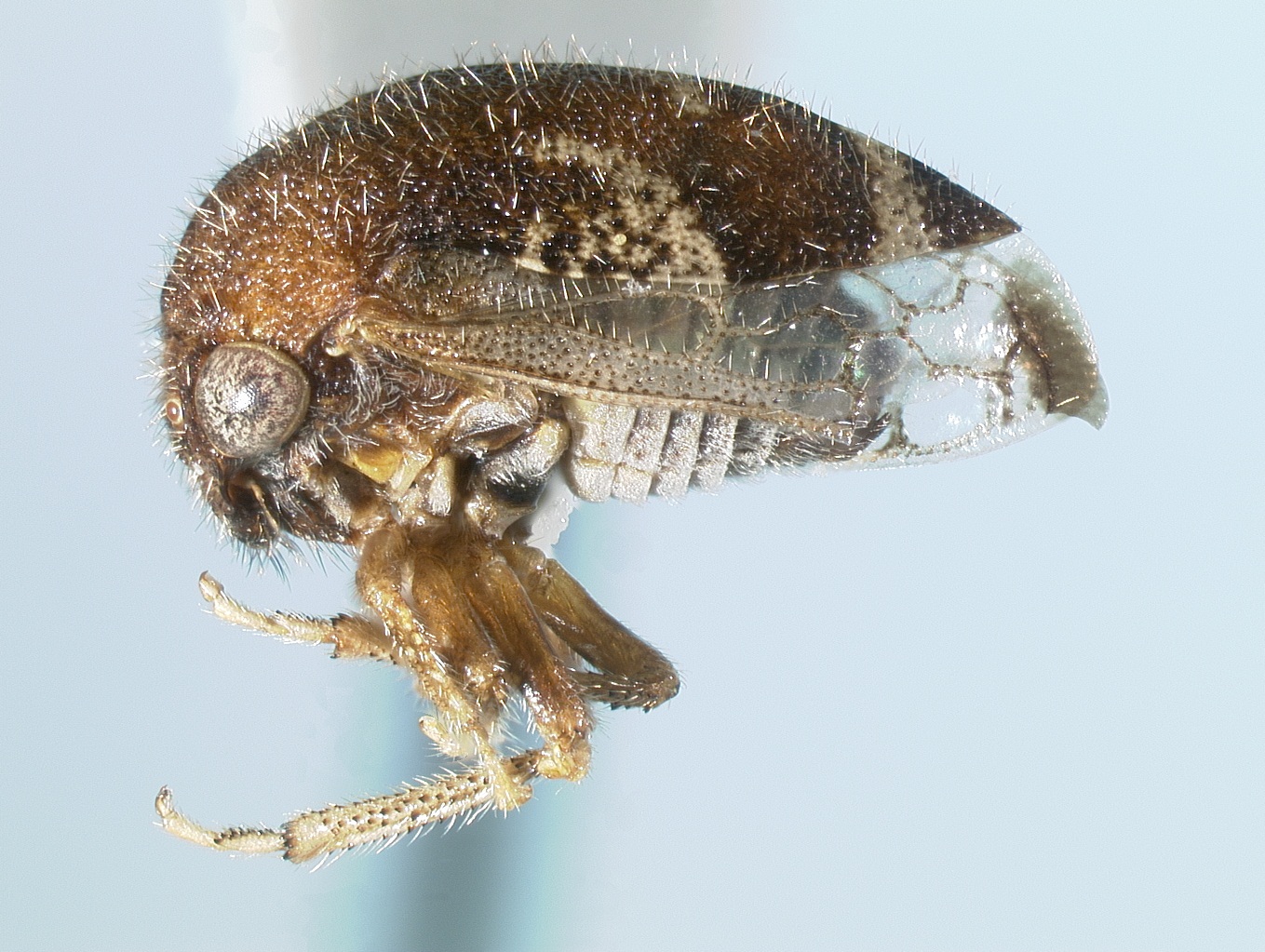

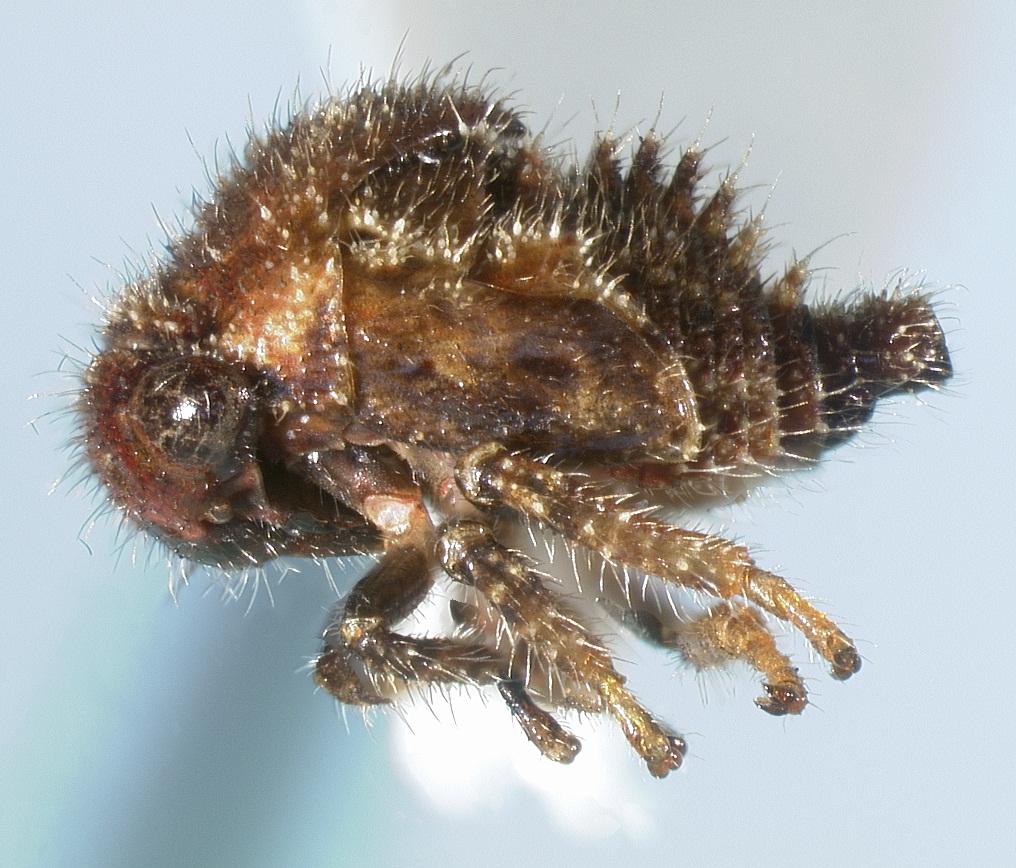

 »
»

